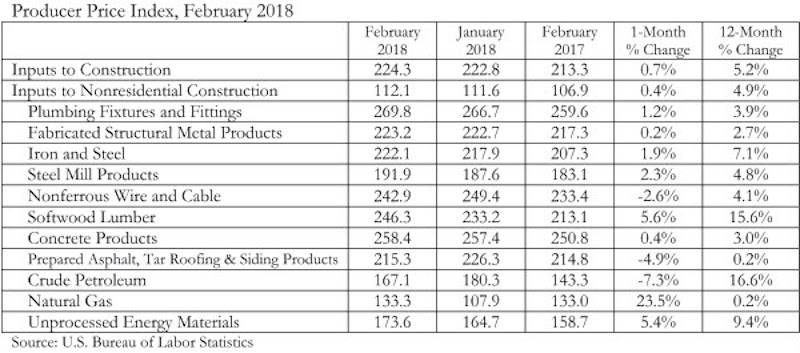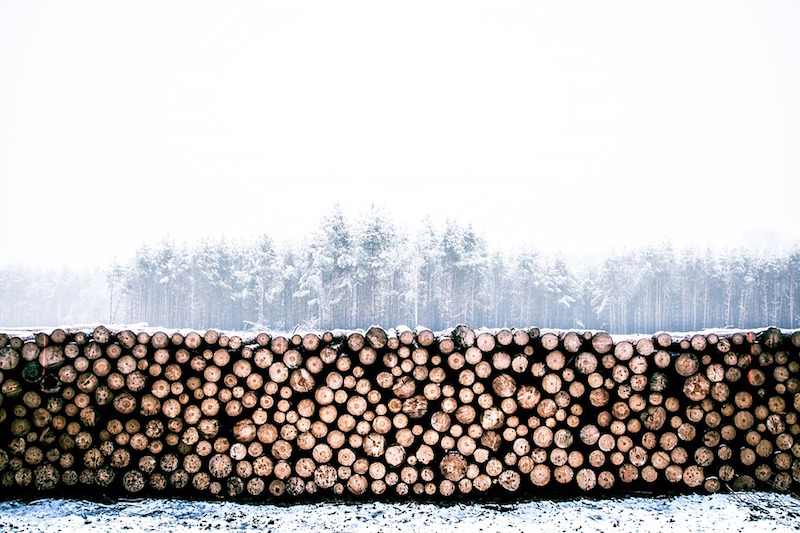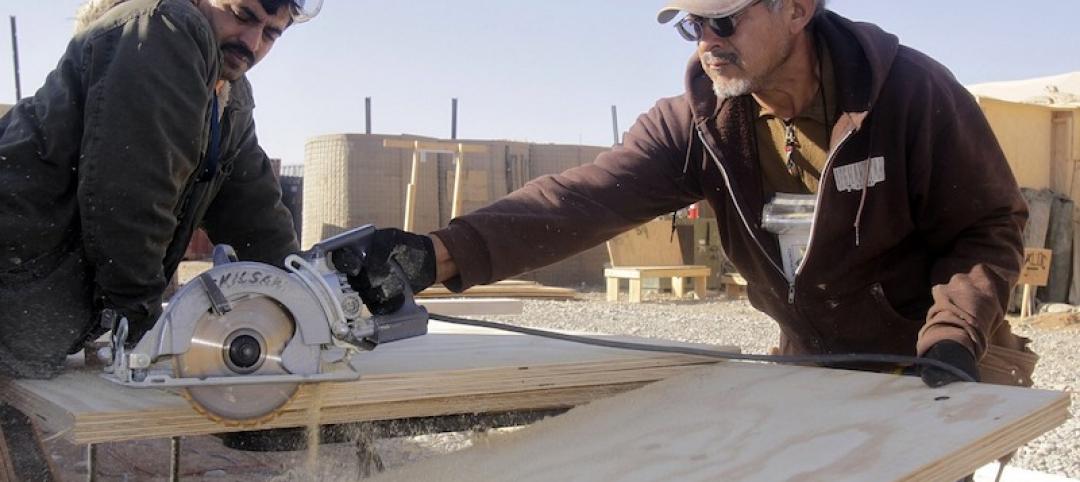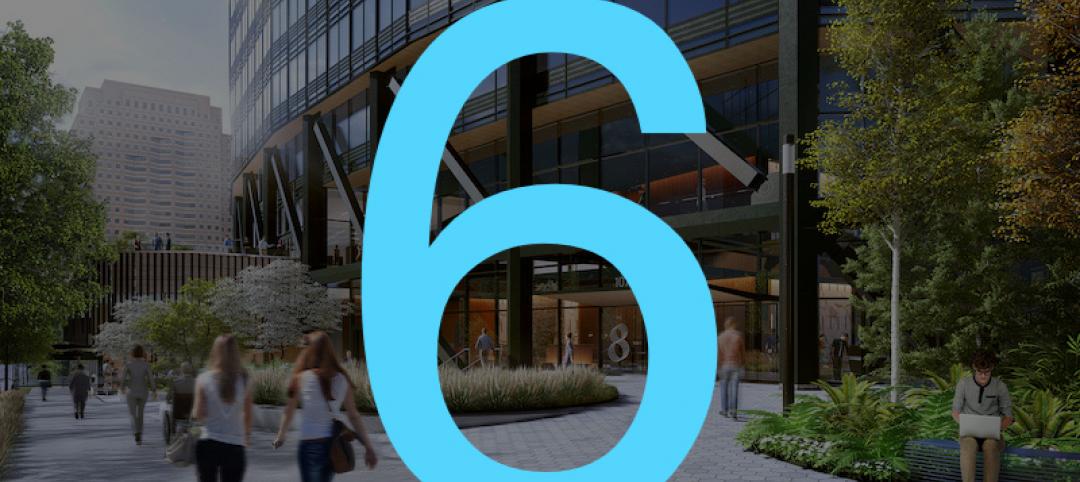Overall construction input prices rose 0.7% in February, slightly lower than the rate set in January, according to an Associated Builders and Contractors (ABC) analysis of Bureau of Labor Statistics data. Compared to February 2017, prices are up 5.2%. Nonresidential construction materials prices are also up 0.4% on a monthly basis and 4.9% compared to the same time last year.
Prices for all 11 subcategories increased year over year, and only three saw monthly declines. Crude petroleum saw the largest drop in price, falling 7.3% for the month, though it is up 16.6% on a year-over-year basis. Prices were also down for prepared asphalt, tar roofing and siding products (-4.9%) and nonferrous wire and cable (-2.6%). The largest monthly increase was in natural gas, which rose 23.5% in February. The rise in natural gas and drop in crude petroleum is a reversal of what was seen in January’s data.

“For the last several months, construction firms have become increasingly concerned about rising construction materials prices,” said ABC Chief Economist Anirban Basu. “Today’s data show those concerns are warranted. A confluence of factors will likely continue to push materials prices higher in the months to come. These factors include global monetary policy, which continues to help accelerate growth in much of the world, a strong U.S. construction market and a policymaking environment that has impacted the price of softwood lumber, steel and aluminum.
“Recently enacted tariffs are making headlines, but steel prices were already rising rapidly,” said Basu. “Based on today’s report, iron and steel prices rose 7.1% from February 2017 to February 2018. The price of steel mill products was up 4.8%, while the price of softwood lumber was up 15.6%.
“On top of materials price increases are, of course, expanding human capital shortfalls and rising compensation costs,” said Basu. “These factors have likely moderated near-term confidence among construction firms regarding profit margin growth in the midst of a healthy economy.”

Related Stories
Market Data | Jul 28, 2020
For the fourth consecutive quarter, Los Angeles leads the U.S. hotel construction pipeline at the close of Q2’ 20
New York City continues to have the greatest number of projects under construction, with 106 projects/18,354 rooms.
Market Data | Jul 28, 2020
6 must reads for the AEC industry today: July 28, 2020
St. Petersburg Pier reconstruction completes and post-pandemic workplace design will not be the same for all.
Market Data | Jul 28, 2020
Senate Republicans' coronavirus relief measure includes provisions that will help hard-hit construction firms recover
The HEALS Act includes essential liability, workforce, financial & unemployment reforms, but association will work to get needed infrastructure investments included in final relief measure.
Market Data | Jul 27, 2020
6 must reads for the AEC industry today: July 27, 2020
Customized labs give universities a recruiting edge and the U.S. construction pipeline remains robust through the first half of 2020.
Market Data | Jul 27, 2020
The U.S. construction pipeline remains robust through the first half of 2020, despite pandemic
Projects currently under construction stand at 1,771 projects/235,467 rooms, up 3% and 1% respectively, YOY.
Market Data | Jul 24, 2020
5 must reads for the AEC industry today: July 24, 2020
North Carolina will stop relying on FEMA flood mapping and Cal Poly Pomona's newest project.
Market Data | Jul 23, 2020
New LEED guidance from USGBC helps cities and communities expand resilience efforts in response to the COVID-19 pandemic
Credits integrate public health and social equity with sustainability planning.
Market Data | Jul 23, 2020
6 must reads for the AEC industry today: July 23, 2020
Skanska selects Pickard Chilton to design new ofice tower and days grow long at nursing homes as virus lockdowns drag on.
Market Data | Jul 22, 2020
6 must reads for the AEC industry today: July 22, 2020
Phase one of Toronto's The Orbit detailed and architecture billings remains in negative territory.
Market Data | Jul 21, 2020
Nonresidential building spending to decline through 2021
The commercial building sector is expected to be the hardest hit.

















